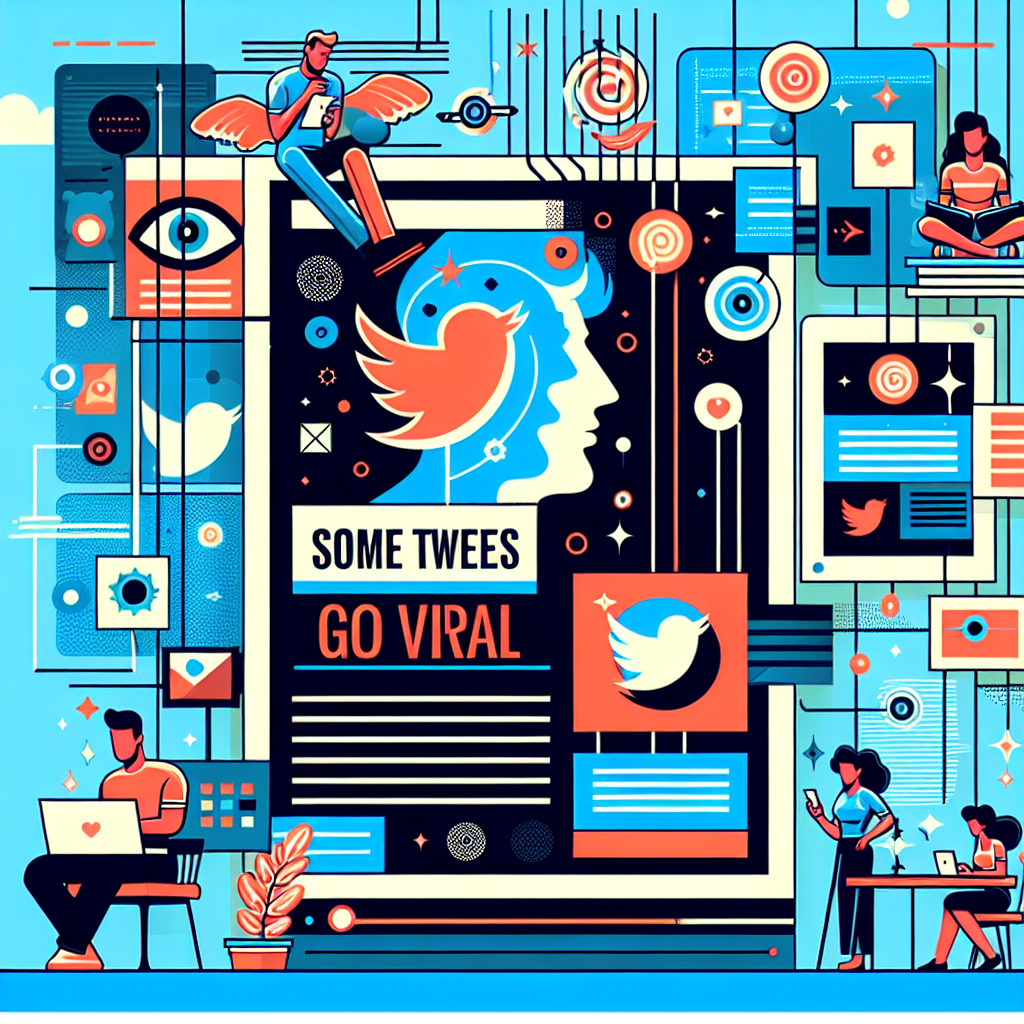
The Psychology Behind Why Some Tweets Go Viral and Others Don’t
Spybroski Team
Why Tweets Go Viral: The Hidden Psychology You Need to Know
Ever post something on Twitter you thought was pure gold, only to watch it get two likes and a tumbleweed? Meanwhile, a random tweet about a weird-looking vegetable gets a million views. What gives?
It’s easy to think virality is just a lottery. A random stroke of digital luck. but it’s not. There's a deep and fascinating science to it all. The viral tweet psychology is a predictable mix of emotion, human behavior, and even a little bit of neuroscience. Understanding why tweets go viral isn’t about finding a magic formula. it’s about understanding people.
The Emotional Engine of Virality
Here’s the thing: most of us assume positive, happy content is what people want to share. And while that’s partly true, it’s not the whole story. The real secret isn't about being positive or negative. It's about intensity.
The psychology behind viral content is driven by what researchers call "high arousal" emotions. Think about emotions that get your heart pumping. Awe, anger, amusement, and even fear. These feelings create a physiological response. they light up your nervous system and create an urge to do something. And on social media, that "something" is often hitting the share button.
Content that makes you feel calm or a little sad, what they call "low arousal" emotions, just doesn't have the same effect. A tweet that makes you feel content is nice, but it doesn't usually create that powerful urge to spread the word. This is a core piece of what makes a tweet go viral. It has to make you feel something strongly.
Why Bad News Spreads So Fast
Now, let’s talk about the elephant in the room. Negativity. It often feels like our feeds are filled with outrage and bad news, and there’s a scientific reason for that.
A Stanford study that looked at 30 million posts found a clear pattern in social media virality: negative stories that also trigger high arousal emotions spread faster and wider than almost anything else. It might feel counterintuitive, but the psychological triggers of viral tweets often lean on anger and fear.
When you see a tweet that makes you genuinely angry about an injustice, your body has a real physical reaction. That jolt of outrage is a powerful motivator. Sharing becomes a way to signal your beliefs, find allies, and process that intense feeling. The science behind viral content shows that our brains are just wired to react more strongly to threats and frustrations.
The Public Figure Effect
Okay, but who is doing the tweeting matters. A lot. Research on content virality psychology found a wild difference in how we treat negative posts from different people.
If an ordinary person tweets something negative or angry, it usually doesn't go very far. But when a public figure, like a politician or a celebrity, posts something with the same negative tone? It explodes. This happens because they already have a massive built in audience, and their content is often tied to bigger, more divisive topics that get people fired up. So, why people share on Twitter is heavily influenced by the status of the person who posted it.
So, Why Do We Actually Hit 'Retweet'?
Let's break down the Twitter engagement psychology a bit more. When you see a tweet that triggers awe, anger, or is just plain hilarious, your sympathetic nervous system kicks into gear. It's the same system that controls your "fight or flight" response. That little jolt of energy needs an outlet, and sharing is the easiest one available online.
This is twitter virality explained at its most basic level. We aren't just making a conscious choice; our bodies are pushing us to act. The emotions behind viral posts that work best tend to fall into a few key camps:
- Awe: "Wow, look at this incredible photo of space!"
- Amusement: "This meme is the funniest thing I've ever seen."
- Anger: "Can you believe they did this? Unacceptable."
- Fear: "Everyone needs to know about this danger."
Each of these creates an immediate, powerful reaction that sharing helps satisfy.
And What About the Tweets That Flop?
This all helps explain why some tweets don’t go viral. If your tweet is informative but emotionally neutral, it probably won’t catch fire. If it evokes a low arousal emotion like sadness, people might feel it, but they won't feel that burning need to pass it on. Understanding viral behavior online means accepting that most content just doesn't hit these emotional triggers. It's not that your content is bad. it’s just not psychologically optimized for sharing.
Cracking the Code Isn't About a Formula
So, what does this all mean for you? You can't just follow a checklist for how to make tweets go viral. There’s no perfect recipe. But understanding the psychology of going viral gives you a massive advantage.
It shows that viral success isn't random. It's deeply connected to human nature. It's about tapping into the powerful emotions that make us want to connect, to warn, to celebrate, and to complain. The next time you see a tweet blowing up, don't just look at what it says. Think about how it makes you feel. Chances are, that feeling is the real reason it’s taking over your timeline.